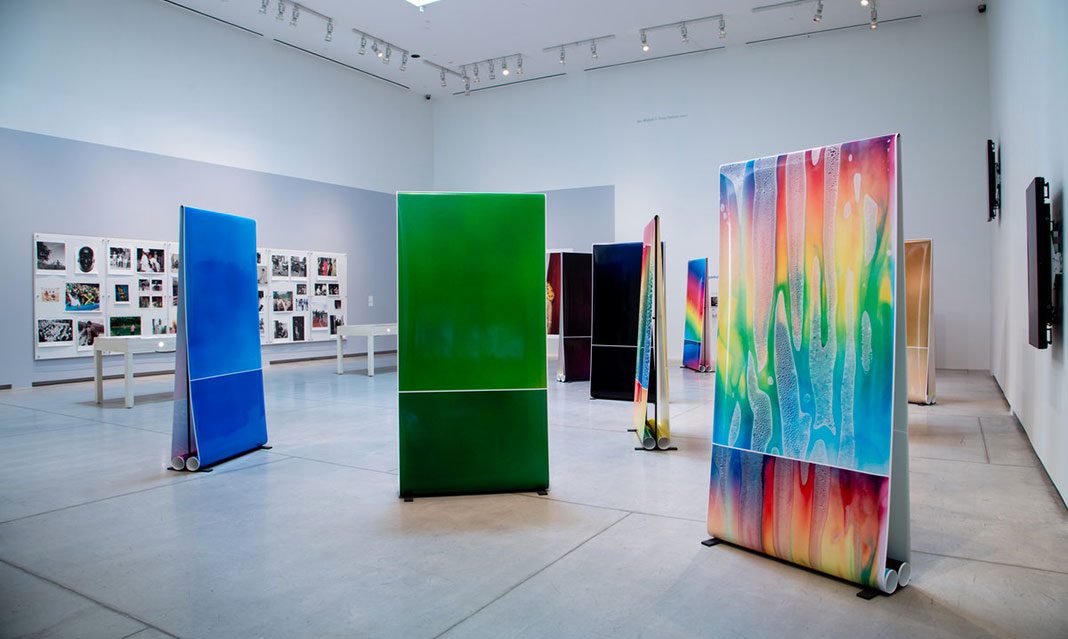After a compelling panel last Wednesday night at The Art Gallery of Ontario, the recipients of the AIMIA Photography Prize showcased their exhibits to the general public. These exhibits displayed photographs stemming from different parts of the world.
The goal of the exhibit is to understand photography, a tool that can change the world. It’s a place to process change in the world and understand it from different cultural perspectives. The exhibit is keen on presenting photographs that can be viewed independently but also has the ability to complement other photographs in groups. Photographs can be viewed independently in the way they highlight events from differing countries. However, these photographs can be viewed together in a series.
The other focus of the exhibit investigates how social relationships can be expressed through photography.
In Boisjoly’s work, I can see the prominence of this idea straight away. His photography is the first that catches my eye. While someone like Koyama focuses on digitalized photographs in a modern world, Boisjoly delves into cultural history. Often a common theme in art, Boisjoly’s work represents the questions we may have on the representation of indigenous people in the art world.
Boisjoly’s photography opens the exhibit, and by the time I finish making my first round within the space, I understand why. I realize when I move onto Thomas’s images, Boisjoly’s work complements his vision. One work that is strikingly similar to Boisjoly’s work is Thomas’s 2014 piece, “Raise Up.”
This monument, fasted up on a long white block, is a real life 3D image of the original photograph by Ernest Cole in the early 1960s. Focusing on a historical past, the work gives way to a time where the apartheid in South Africa was still up and moving. One can see the arms of gold miners flung up in the air. The photo documents a stripdown of these gold-miners for a medical exam. The image is historically groundbreaking, and allows for thought on offensive tones in historic images that we hope to turn around in the future.
When I do another walk through of the exhibit, I have to run my eyes over Artur’s images once more. Her work shapes the exact meaning on the exhibit as whole. All we need is to see people.
These exhibits are set to run until January 18.



